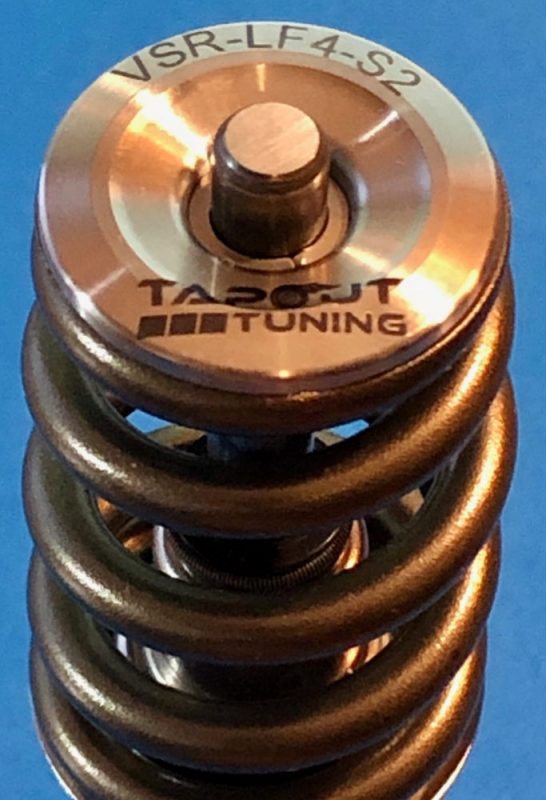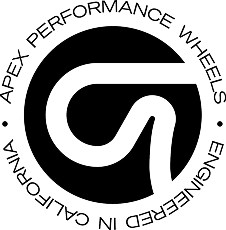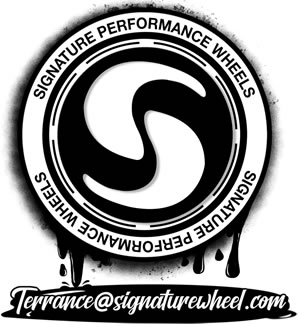BKC1
Seasoned Member
The LF4 is an interesting engine. It's capable of making over 750 RWHP, but the reliability up there is questionable. If you want this engine to be taken seriously, it needs to be able to make 750 RWHP all day without hitting coolant temperatures of 270F+. It also needs to be able to make 1000+ RWHP over short stints reliably.
Over the last 3 years, I've been reaching out to numerous companies--all the ones that make parts for the ATS-V and CT4-V BW, plus some you've probably not heard of--and nobody is developing foundational performance parts for these engines. I'm talking head gaskets, main bearings, rod bearings, billet main caps, main cap studs, connecting rod bolts, etc. We need things like that, plus ported intake manifolds that can support larger throttle bodies and/or entirely new intake manifold castings for larger intercoolers. We need people to get involved and help raise the demand signal for oil cooler adapters, and people to trailblaze getting full size "race" PWR heat exchanger into the engine bay. Finally we need people to knock down DSC Sport's door and get them to develop a V4 magnetic ride controller and a tuning profile (remember, each car needs to be tuned on the track and the street) and figure out the differences between the mag ride shocks.
Not sure who's out there on this forum, but if there's interest in working (not uselessly commenting ) on new parts and adapting existing part to the LF4 let me know. This is where I think we currently stand:
The problem with adding more turbo is, it comes at a cost both literally and in terms of lag, I see very little actual, numerical evidence that anyone has tested this theory and proven that more turbo is necessary. One byproduct of a very inefficient system is heat; better to not have heat at all then spend tons of money and time removing it. It's easy to do 1/8 mile and 1/4 mile runs and say "see more turbo works" but what you don't see is those guys posting their datalogs showing temperatures or running sustained track events.
What we see from track events is that, at 650-725 RWHP, the oil temperature is rapidly getting to 270-300F which has resulted in total LF4 failures. We also see excessive blowby and oil contamination leading to bearing failure, some of which is unavoidable but (I think) partially due to poor cylinder wall straightness. So based on all of this, my recommendation is to strengthen and improve the foundation before we decide where to go next.
Over the last 3 years, I've been reaching out to numerous companies--all the ones that make parts for the ATS-V and CT4-V BW, plus some you've probably not heard of--and nobody is developing foundational performance parts for these engines. I'm talking head gaskets, main bearings, rod bearings, billet main caps, main cap studs, connecting rod bolts, etc. We need things like that, plus ported intake manifolds that can support larger throttle bodies and/or entirely new intake manifold castings for larger intercoolers. We need people to get involved and help raise the demand signal for oil cooler adapters, and people to trailblaze getting full size "race" PWR heat exchanger into the engine bay. Finally we need people to knock down DSC Sport's door and get them to develop a V4 magnetic ride controller and a tuning profile (remember, each car needs to be tuned on the track and the street) and figure out the differences between the mag ride shocks.
Not sure who's out there on this forum, but if there's interest in working (not uselessly commenting ) on new parts and adapting existing part to the LF4 let me know. This is where I think we currently stand:
- 5-layer MLS head gaskets are available but need to be tested (I've got a set on order)
- One vendor is making billet steel main caps instead of aluminum ones, which is not a good idea--we need billet aluminum main caps with splays
- Multiple King bearings are available, but nobody wants to put in the effort with ARP bolts to figure out the proper amount of squish
- The connecting rod bolts apparently have an ARP equivalent in the Audi V8 4.2L (i.e. ARP 204-6304, offered in a set of 16 only) but I'm dubious they fit; the one guy that knows the part numbers won't share them.
- There are GM HF V6 torque plates available (Gen I) (Gen II), but they're the wrong thickness to emulate the LF4 head--regardless, nobody has put in the investment to determine if they fit and run them with ARP 625+ studs to figure out how distorted the bores get and what the best piston/ring configuration is after hot honing
- For a while, one of the throttle body companies was going to offer an intake manifold porting service to support a 72mm or 80mm LGX/LGZ throttle body but decided it was too hard; I'm currently working on a DIYer jig that people can use to port their own
- Since nobody understands this better than me, I'm forging ahead with the improved wastegate project and will report back with dyno results showing spool times between gear changes.
- Once my finances rebuild, I'll pull the trigger on the custom flywheels to support installing a LT4 Tilton ST-246 in the LF4; should reduce clutch rotating inertia by 51% and drop 18 lbs off the car, approximately.
- I'm finishing up testing the 3D printed NVH isolators and DIY aluminum coilover sleeves for use with Swift linear springs and rate testing the ATS-V/CT4-V BW springs and sway bars with my own welded rig and strain gauges; my objective is to have a kit out this summer that permits another 20mm of front wheel inboard and 1" of height adjustment at the same exact suspension rates as OEM. I don't have CT4-V BW front shocks to test fitment on, so if anyone has a set that they can measure please reach out. I'm also willing to buy a set, after I finish testing the CT4-V BW rear shocks on my ATS-V.
- For the ATS-V specifically, I have a CTS-V3 fuel tank in stock and will be doing analysis and fitment tests to figure out how to get 19 gallon fuel capacity. Both the CT4-V BW and CT5-V BW have a 17 gallon tank so I don't think the same effort can be extended to the 4th gen platform.
- For the ATS-V M6 specifically, I have a working remote start system that I'm finishing testing (trying to get the OEM remote to start the car instead of having a secondary one, which halves the prices for the mod)
- I'd really like to see proper skirts made that extend the sides down (not out), similar to the Nowicki design for the CTS-V3, ground effect extensions for the rear (especially on the ATS-V), and a flat floor extension out the back that covers the hole left when you remove the OEM exhaust.
- Way down the priority list is a set of DIY laser-cut plates that would allow you to install and remove a 1500 lb Curt trailer hitch in 5 minutes for one of those very small trailers for track days (e.g. just enough to fit 4 wheels and associated gear).
- I want to work with Revshift or Creative Steel on designing a height adjustable upper shifter stalk piece with better NVH isolation than the Hurst shifter and polyurethane transmission cross-brace bushings. Based on my experience with older V-series cars, rubber bushings sag over time, resulting in various problems.
- I have a ton of reduced-head wrench size titanium and ARP stainless bolt recommendations to get rid of all the stuff on the car that's either prone to rust or hard to wrench on. This kind of stuff is like "the last 1%" and not many people find it interesting, so I haven't shared it. If you're interested let me know.
The problem with adding more turbo is, it comes at a cost both literally and in terms of lag, I see very little actual, numerical evidence that anyone has tested this theory and proven that more turbo is necessary. One byproduct of a very inefficient system is heat; better to not have heat at all then spend tons of money and time removing it. It's easy to do 1/8 mile and 1/4 mile runs and say "see more turbo works" but what you don't see is those guys posting their datalogs showing temperatures or running sustained track events.
What we see from track events is that, at 650-725 RWHP, the oil temperature is rapidly getting to 270-300F which has resulted in total LF4 failures. We also see excessive blowby and oil contamination leading to bearing failure, some of which is unavoidable but (I think) partially due to poor cylinder wall straightness. So based on all of this, my recommendation is to strengthen and improve the foundation before we decide where to go next.
Last edited:






